Lishan Huang
Towards Quantifiable Dialogue Coherence Evaluation
Jun 01, 2021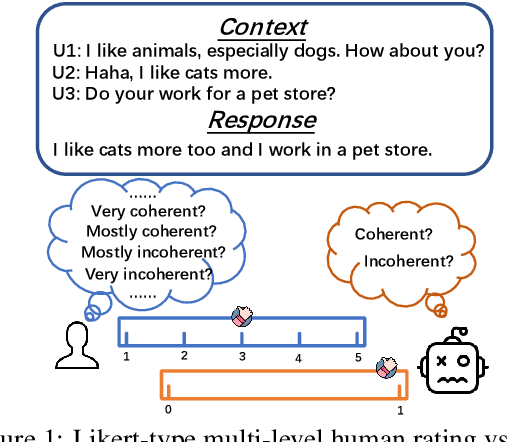
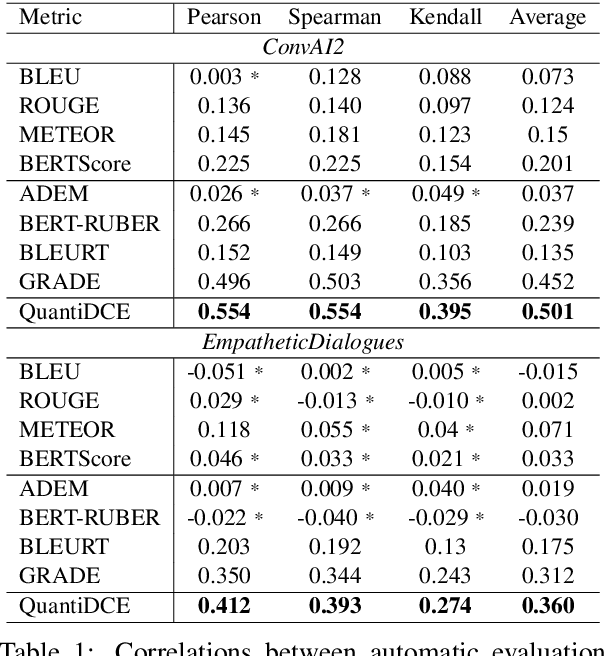
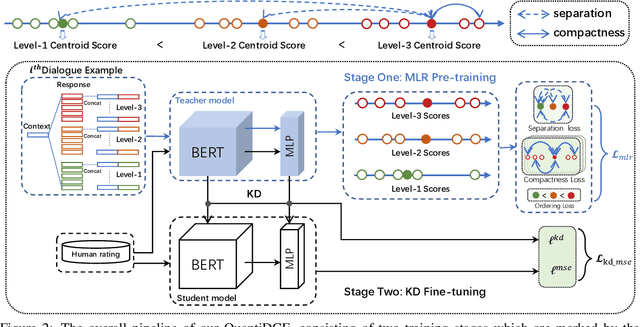
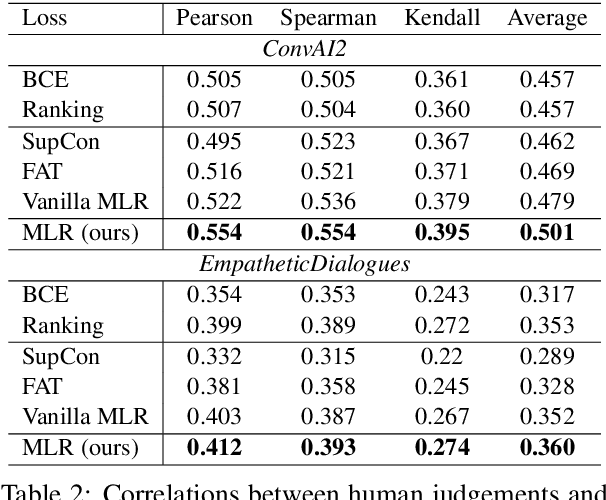
Abstract:Automatic dialogue coherence evaluation has attracted increasing attention and is crucial for developing promising dialogue systems. However, existing metrics have two major limitations: (a) they are mostly trained in a simplified two-level setting (coherent vs. incoherent), while humans give Likert-type multi-level coherence scores, dubbed as "quantifiable"; (b) their predicted coherence scores cannot align with the actual human rating standards due to the absence of human guidance during training. To address these limitations, we propose Quantifiable Dialogue Coherence Evaluation (QuantiDCE), a novel framework aiming to train a quantifiable dialogue coherence metric that can reflect the actual human rating standards. Specifically, QuantiDCE includes two training stages, Multi-Level Ranking (MLR) pre-training and Knowledge Distillation (KD) fine-tuning. During MLR pre-training, a new MLR loss is proposed for enabling the model to learn the coarse judgement of coherence degrees. Then, during KD fine-tuning, the pretrained model is further finetuned to learn the actual human rating standards with only very few human-annotated data. To advocate the generalizability even with limited fine-tuning data, a novel KD regularization is introduced to retain the knowledge learned at the pre-training stage. Experimental results show that the model trained by QuantiDCE presents stronger correlations with human judgements than the other state-of-the-art metrics.
GRADE: Automatic Graph-Enhanced Coherence Metric for Evaluating Open-Domain Dialogue Systems
Oct 08, 2020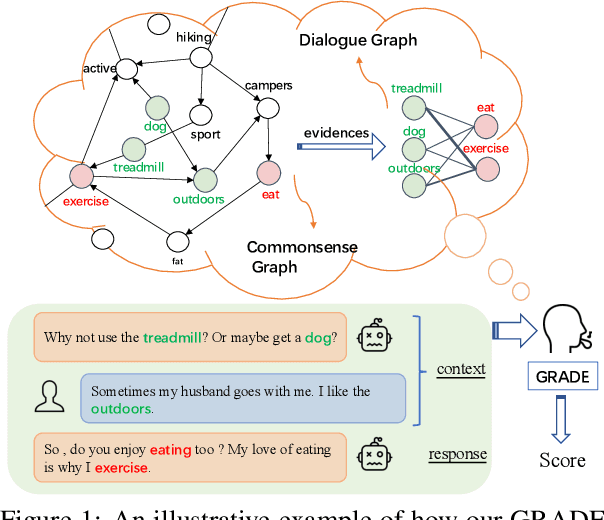
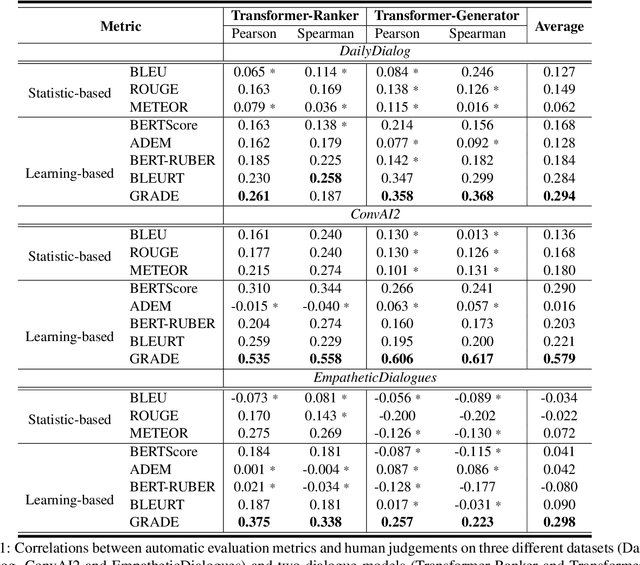
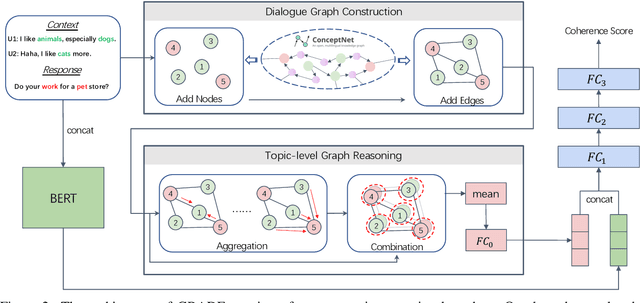
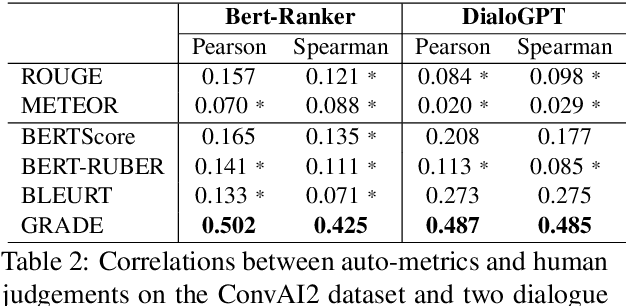
Abstract:Automatically evaluating dialogue coherence is a challenging but high-demand ability for developing high-quality open-domain dialogue systems. However, current evaluation metrics consider only surface features or utterance-level semantics, without explicitly considering the fine-grained topic transition dynamics of dialogue flows. Here, we first consider that the graph structure constituted with topics in a dialogue can accurately depict the underlying communication logic, which is a more natural way to produce persuasive metrics. Capitalized on the topic-level dialogue graph, we propose a new evaluation metric GRADE, which stands for Graph-enhanced Representations for Automatic Dialogue Evaluation. Specifically, GRADE incorporates both coarse-grained utterance-level contextualized representations and fine-grained topic-level graph representations to evaluate dialogue coherence. The graph representations are obtained by reasoning over topic-level dialogue graphs enhanced with the evidence from a commonsense graph, including k-hop neighboring representations and hop-attention weights. Experimental results show that our GRADE significantly outperforms other state-of-the-art metrics on measuring diverse dialogue models in terms of the Pearson and Spearman correlations with human judgements. Besides, we release a new large-scale human evaluation benchmark to facilitate future research on automatic metrics.
 Add to Chrome
Add to Chrome Add to Firefox
Add to Firefox Add to Edge
Add to Edge